What Lens Adapter Do I Need ?
The lens adapter you need depends on the specific camera and lens combination you are using. Different cameras and lenses have different mount types, so you will need an adapter that can connect the lens with the camera body. It is important to ensure that the adapter is compatible with both the camera and lens mount types. There are various types of lens adapters available in the market, such as Canon EF to Sony E-mount adapter or Nikon F to Canon EF adapter, among others. It is recommended to research and consult the camera and lens manufacturer's websites or forums to determine the appropriate adapter for your specific setup.
1、 Lens mount compatibility for different camera systems.
Lens mount compatibility for different camera systems is a crucial consideration for photographers and videographers who want to use lenses from one camera system on another. In such cases, a lens adapter is required to bridge the gap between the lens mount of the camera and the lens itself.
The specific lens adapter needed depends on the camera system and lens mount being used. There are numerous lens mounts available, including Canon EF, Nikon F, Sony E, Micro Four Thirds, and many more. Each camera system has its own proprietary lens mount, which means that lenses designed for one system may not be directly compatible with another.
To determine the appropriate lens adapter, it is essential to identify the lens mount of the camera system you wish to use the lens on. Once the lens mount is known, you can search for a compatible lens adapter that allows you to attach the lens to your camera.
It is worth noting that while lens adapters enable cross-compatibility, they may introduce certain limitations. Autofocus functionality, electronic aperture control, and image stabilization may not work seamlessly with lens adapters, especially when adapting lenses from different manufacturers. However, advancements in lens adapter technology have made it possible to retain some of these functionalities, depending on the specific adapter being used.
As camera systems continue to evolve, lens mount compatibility remains an important consideration. It is advisable to research and choose high-quality lens adapters from reputable manufacturers to ensure optimal performance and compatibility between different camera systems.
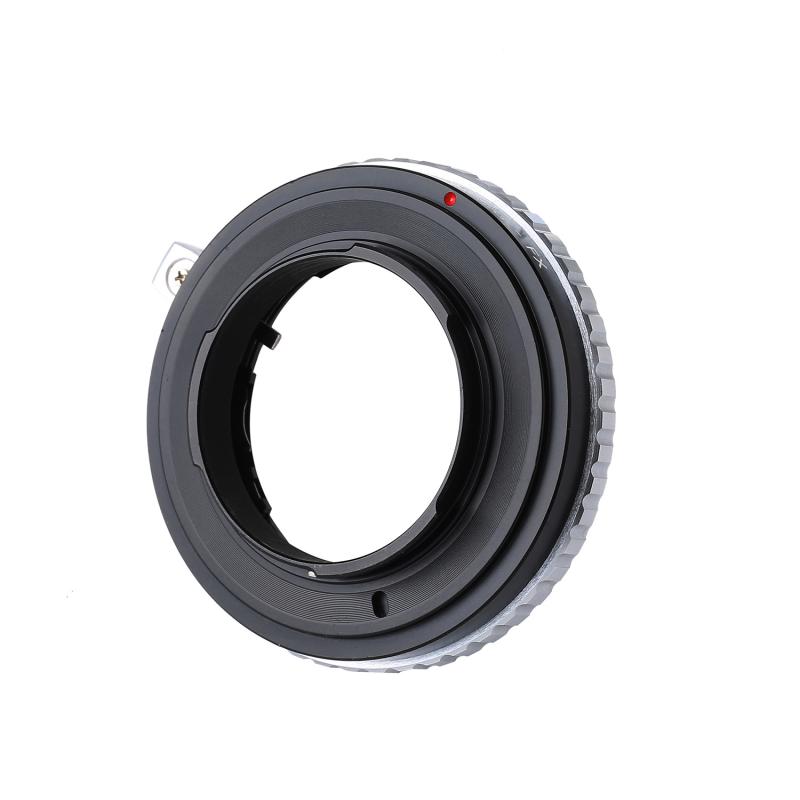
2、 Types of lens adapters: focal reducers, extension tubes, etc.
What lens adapter do I need? There are various types of lens adapters available in the market, each serving a specific purpose. Some common types include focal reducers, extension tubes, and mount adapters.
Focal reducers, also known as speed boosters, are designed to reduce the focal length of a lens while increasing its maximum aperture. These adapters are particularly useful for photographers who want to achieve a wider field of view and a shallower depth of field. They are commonly used when adapting lenses from one camera system to another.
Extension tubes, on the other hand, are used to increase the minimum focusing distance of a lens, allowing for closer focusing capabilities. These adapters are commonly used in macro photography, where the photographer needs to get extremely close to the subject to capture fine details.
Mount adapters are perhaps the most common type of lens adapters. They allow you to mount lenses from one camera system onto a camera body from a different system. This is particularly useful for photographers who switch camera systems or want to use lenses from different manufacturers.
It is important to note that the specific lens adapter you need will depend on the camera system and lens combination you are working with. Different camera manufacturers have their own proprietary lens mounts, so you will need an adapter that is compatible with both the camera body and the lens you want to use.
In recent years, there have been advancements in lens adapter technology, with some adapters offering electronic communication between the lens and the camera body. This allows for autofocus and aperture control, making the adapter more seamless to use.
In conclusion, when determining what lens adapter you need, consider the specific purpose you want to achieve, such as focal length reduction, closer focusing capabilities, or mounting lenses from different systems. Additionally, ensure that the adapter is compatible with both your camera body and the lens you want to use.
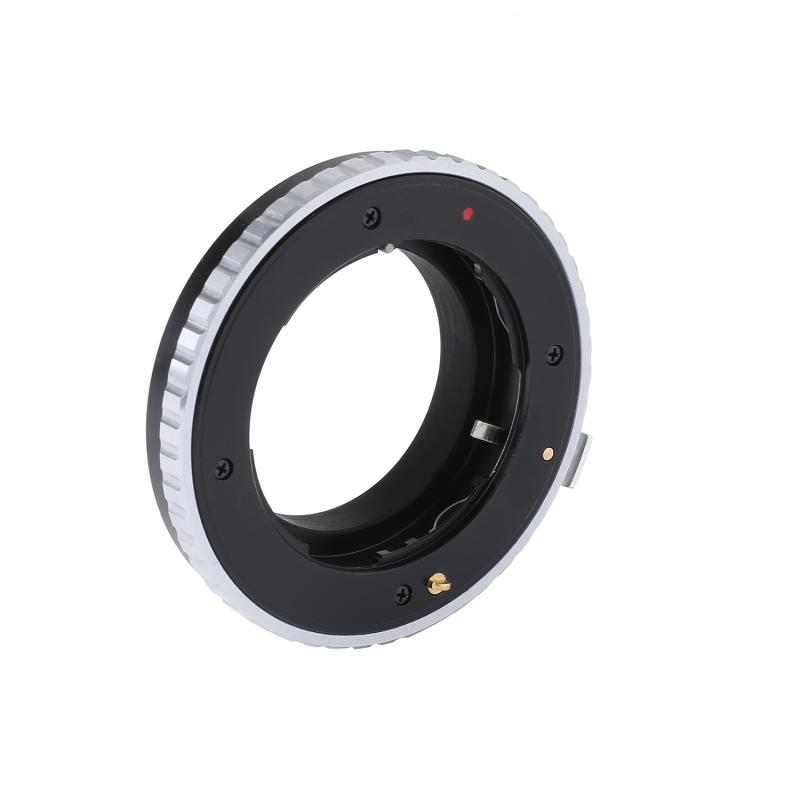
3、 Adapting vintage lenses to modern camera bodies.
When it comes to adapting vintage lenses to modern camera bodies, the specific lens adapter you need will depend on the lens mount of your vintage lens and the camera mount of your modern camera body. There are various lens adapters available on the market that allow you to connect vintage lenses to modern camera bodies, enabling you to take advantage of the unique characteristics and aesthetics of these older lenses.
To determine the appropriate lens adapter, you first need to identify the lens mount of your vintage lens. Common vintage lens mounts include M42, Nikon F, Canon FD, Pentax K, and Minolta MD, among others. Once you know the lens mount, you can search for a corresponding lens adapter that will allow you to attach the vintage lens to your modern camera body.
It's important to note that not all vintage lenses can be adapted to all modern camera bodies. Some lens combinations may require additional modifications or may not be compatible at all. Therefore, it's crucial to do thorough research and consult reliable sources or experts to ensure compatibility before purchasing a lens adapter.
Additionally, it's worth considering the potential limitations of adapting vintage lenses. While vintage lenses can offer unique characteristics and a distinct look, they may not perform as well as modern lenses in terms of autofocus speed, image quality, or electronic communication with the camera body. However, many photographers appreciate the creative possibilities and character that vintage lenses can bring to their photography.
In conclusion, to adapt vintage lenses to modern camera bodies, you will need a lens adapter that matches the lens mount of your vintage lens to the camera mount of your modern camera body. It's essential to research compatibility and potential limitations before making a purchase.
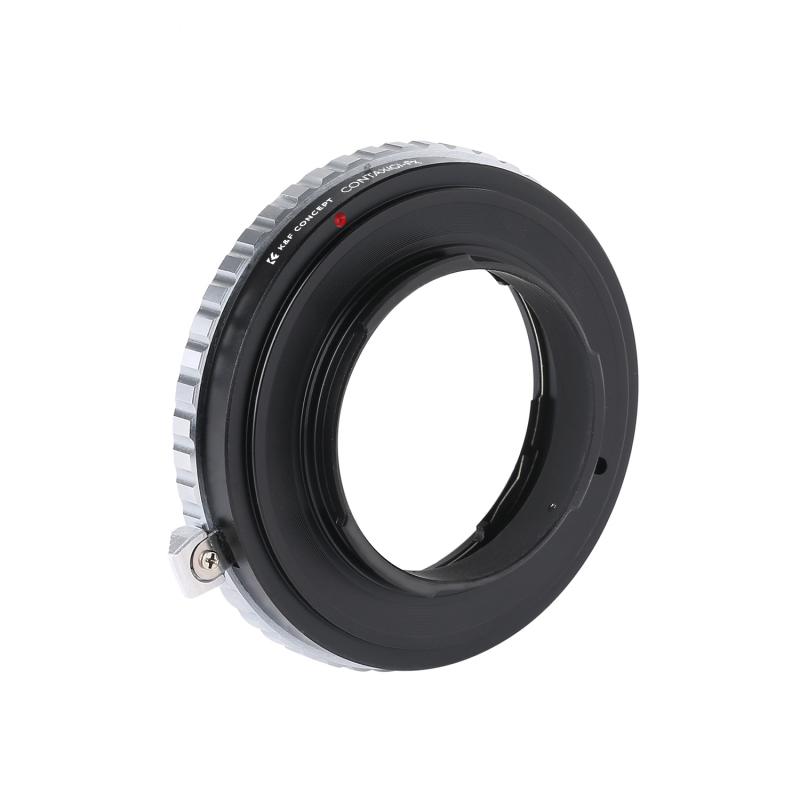
4、 Electronic vs. manual lens adapters and their functionalities.
Electronic lens adapters allow for communication between the camera body and the lens, enabling autofocus, aperture control, and other electronic functions. These adapters typically have electronic contacts that transmit information between the camera and lens, allowing for seamless integration and control. They are especially useful when using modern lenses on older camera bodies that lack electronic compatibility.
On the other hand, manual lens adapters are simpler in design and do not have electronic contacts. They are primarily used to mount lenses with different lens mounts onto a camera body. Manual adapters require manual focusing and aperture control, as there is no electronic communication between the lens and camera. These adapters are commonly used when adapting vintage or specialty lenses to modern camera bodies.
The choice between electronic and manual lens adapters depends on the specific needs and preferences of the photographer. Electronic adapters provide convenience and ease of use, allowing for full control of the lens through the camera body. However, they can be more expensive and may not be available for all lens and camera combinations. Manual adapters, on the other hand, are generally more affordable and widely available, but require manual adjustments for focusing and aperture control.
It is important to note that the latest point of view is that electronic lens adapters have improved significantly in recent years, with many offering advanced features such as autofocus and aperture control. Some adapters even provide additional functionalities like image stabilization and lens correction. As technology continues to advance, electronic adapters are becoming more versatile and reliable, making them a popular choice among photographers. However, manual adapters still have their place, particularly for those who prefer the tactile experience of manual focusing and aperture control. Ultimately, the choice between electronic and manual lens adapters depends on the specific needs and shooting style of the photographer.
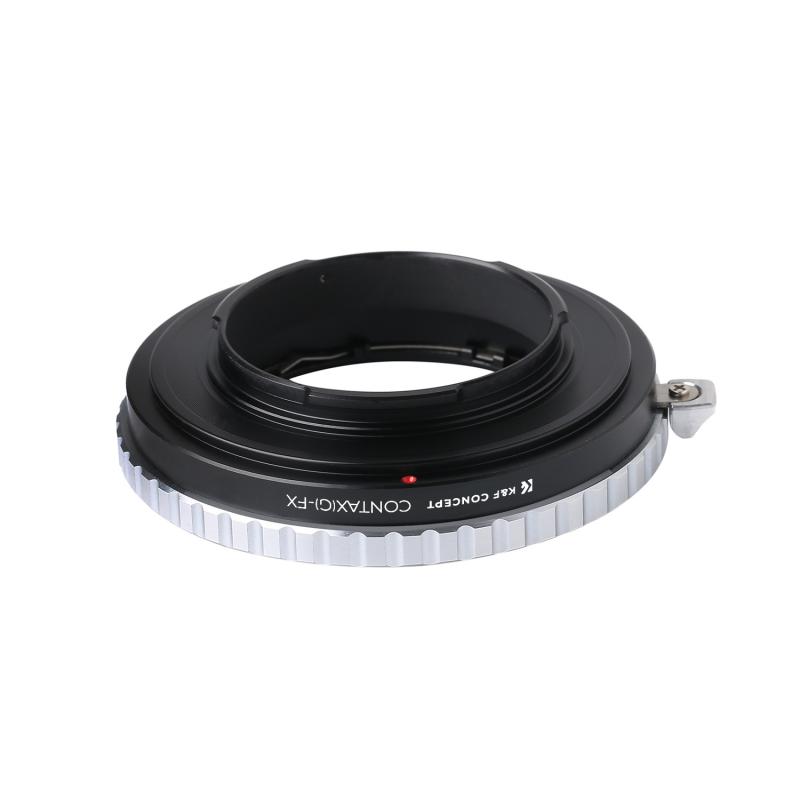




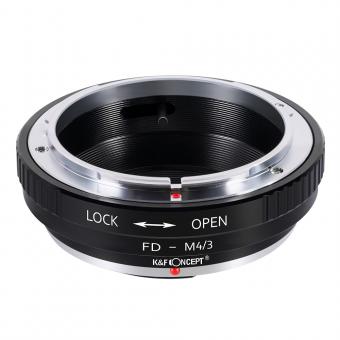
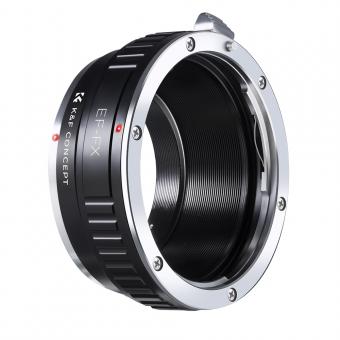








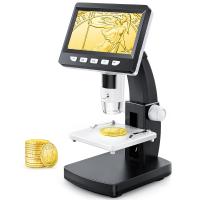
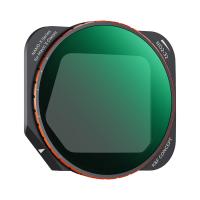


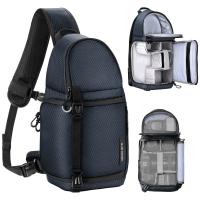
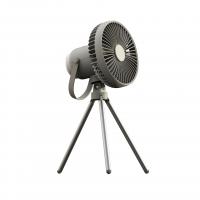

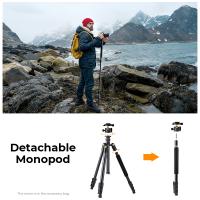
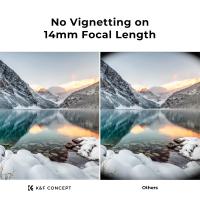
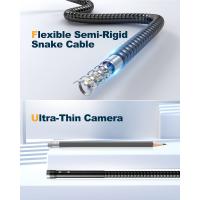
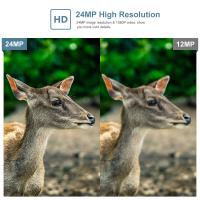
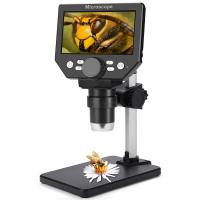
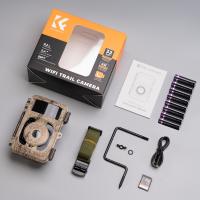

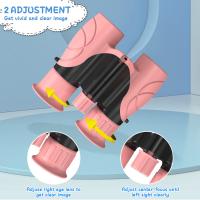
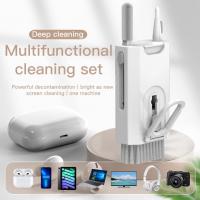
There are no comments for this blog.